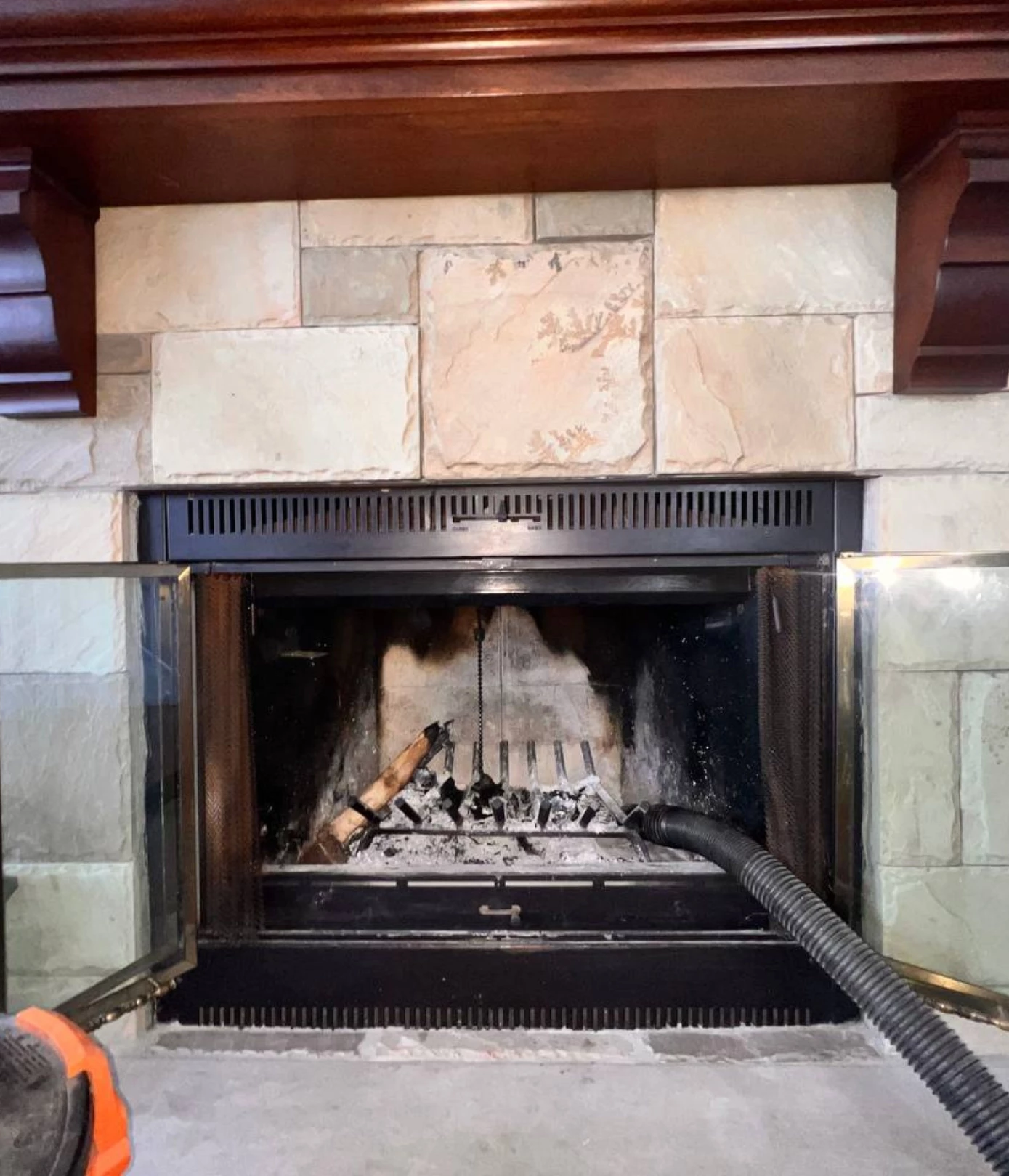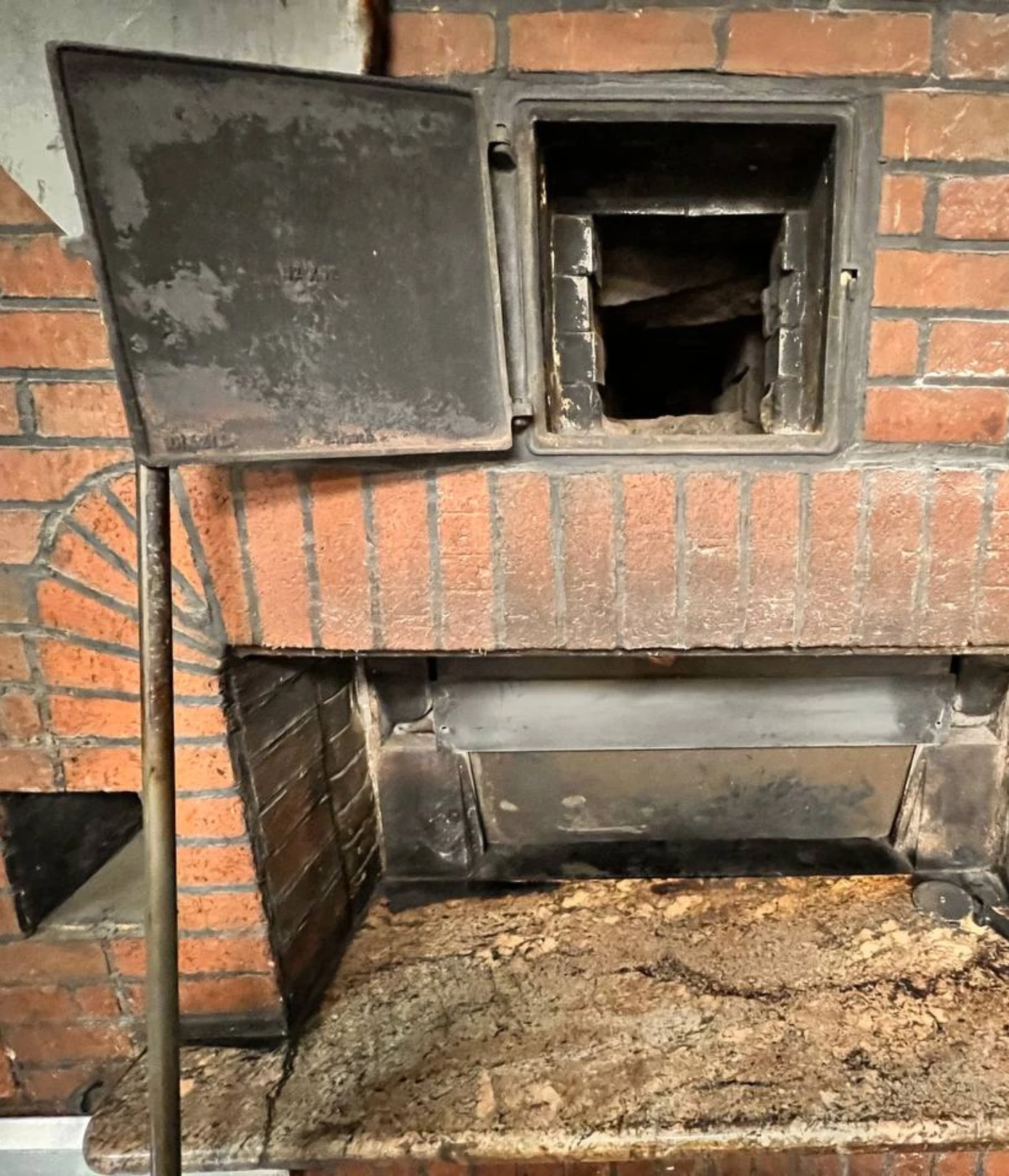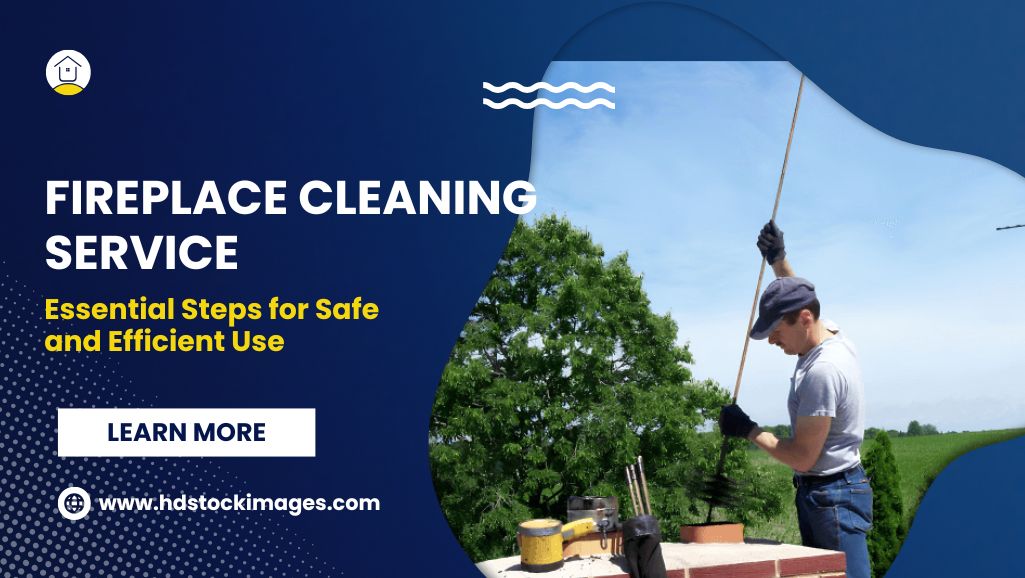Fireplace cleaning is essential for maintaining a safe and efficient heating source in your home. Regular cleaning can prevent chimney fires and improve air quality by removing soot and creosote buildup. Many homeowners underestimate the importance of this task, often waiting until the last minute or ignoring the signs that a cleaning is needed.
Knowledge of proper cleaning techniques can make the process easier and more effective. Individuals should be aware of when and how often to clean their fireplace to ensure its longevity and functionality. Understanding the tools required and the steps involved can empower anyone to tackle this home maintenance task confidently.
Keeping a clean fireplace not only enhances safety but also contributes to an enjoyable atmosphere during colder months. Investing time in this upkeep can lead to a cozy and inviting environment, making it a pivotal part of home care. With the right approach, fireplace maintenance can be straightforward and rewarding.

Understanding Fireplace Cleaning
Regular cleaning of fireplaces is essential for maintaining safety and efficiency. Different types of fireplaces require various cleaning methods and considerations.
Types of Fireplaces and Their Cleaning Needs
Fireplaces can be primarily categorized into wood-burning, gas, and electric types. Each type has unique cleaning requirements.
- Wood-Burning Fireplaces: Creosote buildup is a common issue. The chimney should be swept at least once a year to prevent chimney fires. Removing ashes regularly is also important for safety and performance.
- Gas Fireplaces: These require less frequent cleaning. A thorough inspection of the burner components and vents is recommended annually. Dust and debris should be removed from the logs and glass front to maintain efficiency.
- Electric Fireplaces: These typically need minimal maintenance. Regular dusting and checking of the electrical components are sufficient to ensure proper operation.
Health and Safety Considerations
Safety is a top priority in fireplace maintenance. Several health risks and safety hazards may arise from neglect.
- Creosote Exposure: For wood-burning fireplaces, uncleaned creosote can lead to chimney fires. It can also release harmful gases into the home if buildup occurs.
- Gas Leaks: For gas fireplaces, it is crucial to inspect for leaks. A faulty connection can result in dangerous gas leaks, leading to health hazards or fire risks.
- General Maintenance: Regular cleaning reduces the risk of carbon monoxide buildup, especially in wood and gas fireplaces. Installing carbon monoxide detectors is recommended to alert occupants of unsafe levels.
Awareness of these cleaning types and safety risks is essential for any fireplace user.

Executing the Cleaning Process
Effective fireplace cleaning requires the right tools and a clear process. This section provides necessary supplies, a detailed cleaning guide, and maintenance recommendations to keep the fireplace in optimal condition.
Gathering Necessary Cleaning Supplies
Before beginning the cleaning process, ensure all necessary supplies are at hand. Gather the following items:
- Protective gear: Safety goggles, dust masks, and gloves.
- Cleaning tools: A sturdy broom, a dustpan, a vacuum with a hose attachment, and a chimney brush.
- Cleaning solutions: A mixture of vinegar and water, or a specialized fireplace cleaner.
Having these items ready allows for a smooth and efficient cleaning process, minimizing mess and ensuring safety.
Step-by-Step Cleaning Guide
Start by preparing the area. Remove all items from the fireplace, including tools, decorative pieces, and logs. Cover nearby furniture with a drop cloth to protect from soot.
- Remove ash and debris: Use a broom and dustpan to collect ash. A vacuum can help capture fine particles. Dispose of ash in a sealed bag.
- Clean the fireplace box: Apply the vinegar solution to a cloth and wipe down the interior surfaces. For stubborn stains, scrub gently with a chimney brush.
- Inspect the chimney: If accessible, check for creosote buildup and clear any obstructions. If necessary, hire a professional to service hard-to-reach areas.
- Wash glass doors: If the fireplace has glass doors, clean them using a suitable cleaner or vinegar mixture. Ensure they are completely dry before closing.
By following these steps, the fireplace will be thoroughly cleaned and ready for use.
Post-Cleaning Maintenance
Maintaining a clean fireplace prolongs its lifespan and enhances safety. After cleaning, consider implementing the following practices:
- Regular inspections: Check the fireplace and chimney at least once a year for any obstructions or damage.
- Ash disposal: Empty ash containers regularly to prevent build-up. Use a metal container with a lid for safe disposal.
- Seasonal cleaning: Schedule cleaning before the burning season to prepare the fireplace. This fosters better air flow and efficiency.
Taking these steps ensures that the fireplace remains in good condition and ready for safe use throughout its service life.
Frequently Asked Questions
Many homeowners have common inquiries regarding fireplace cleaning. Addressing these questions helps clarify best practices, essential tools, costs, and safety measures.
What is the recommended frequency for cleaning a fireplace?
It is advisable to clean a wood-burning fireplace at least once a year, preferably before the heating season begins. Gas fireplaces may require less frequent cleaning, usually every two years, depending on usage.
What tools are essential for DIY fireplace maintenance?
Essential tools for DIY fireplace maintenance include a chimney brush, a vacuum designed for soot, a flashlight, and protective gear such as gloves and safety goggles. A scraper can also be helpful for removing creosote.
How much does it typically cost to hire a professional fireplace cleaning service?
The cost for hiring a professional fireplace cleaning service typically ranges from $100 to $300. Factors affecting the price include location, type of fireplace, and the complexity of the job. Shedule now on bestcleaning4upro.com
Are fireplace cleaning logs effective in maintaining a clean fireplace?
Fireplace cleaning logs can help reduce creosote buildup by burning off deposits during use. They are not a substitute for thorough cleaning but can serve as a supplementary maintenance tool.
What are the steps involved in cleaning a gas fireplace?
Cleaning a gas fireplace involves several steps: first, turn off the gas supply and allow the fireplace to cool. Next, remove the glass front and clean it with a suitable cleaner. Inspect and clean the burner and logs, then reassemble everything before turning on the gas.
What safety precautions should be taken when cleaning a fireplace?
Safety precautions include wearing protective eyewear and gloves, ensuring proper ventilation, and using a suitable vacuum to avoid inhaling soot. Always have a fire extinguisher nearby and ensure the fireplace is completely cool before starting the cleaning process.

 admin
admin








